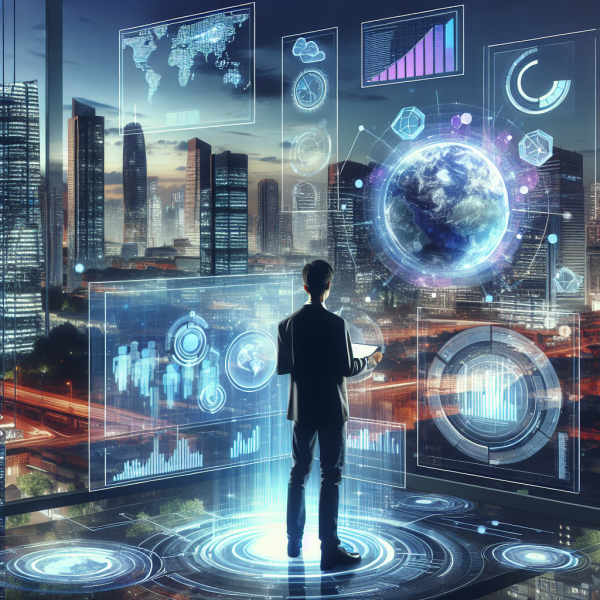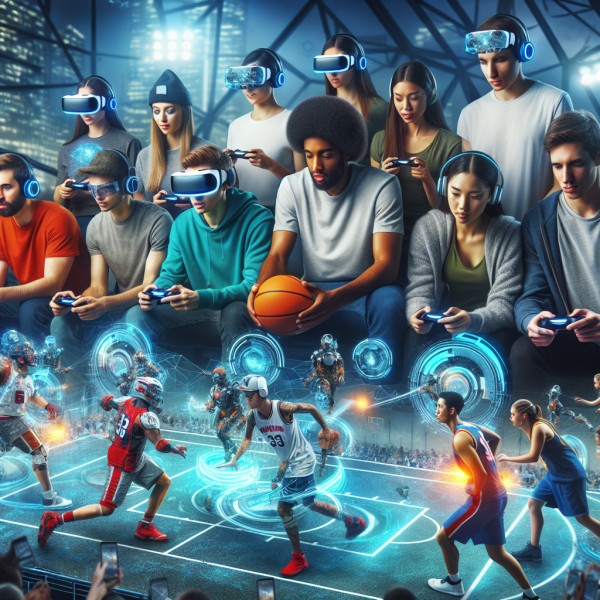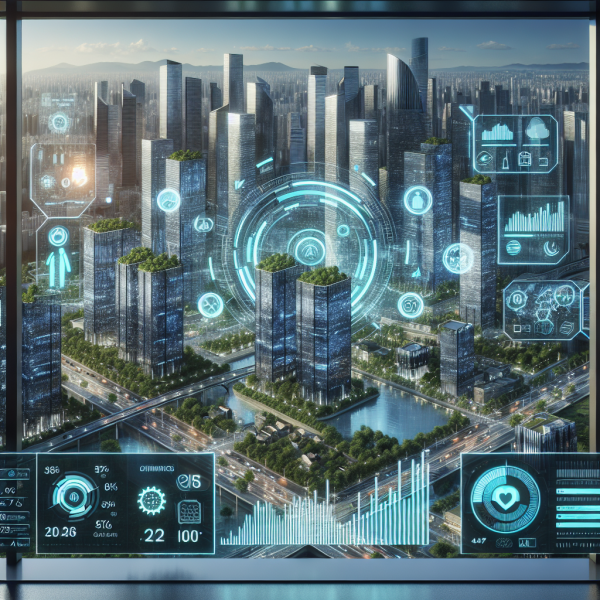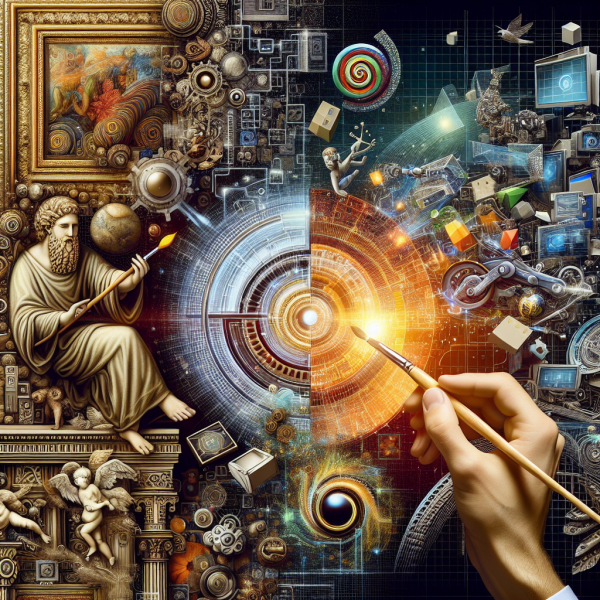AR and the Metaverse: Exploring the Next Frontier of Virtual Interaction
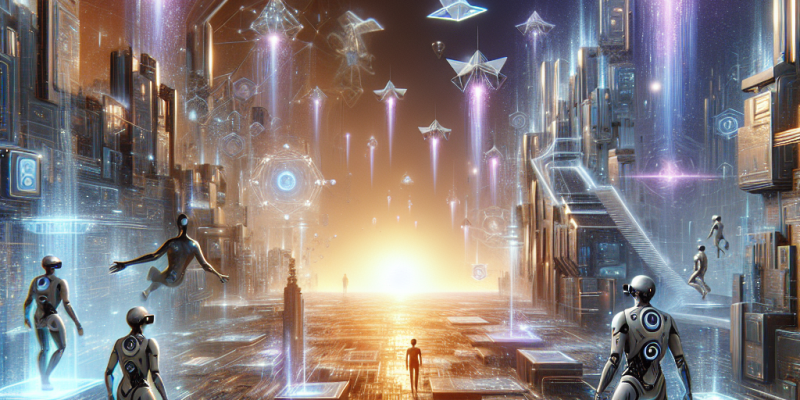
As technology continues to evolve, the concepts of Augmented Reality (AR) and the Metaverse have garnered significant attention, propelling us toward a future where digital and physical realities seamlessly intertwine. This article explores the synergistic relationship between AR and the Metaverse, examining how they reshape our interactions, redefine experiences, and open new realms of possibilities.
Understanding AR and the Metaverse
Augmented Reality (AR)
Augmented Reality overlays digital information onto the real world, enhancing our perception of reality. Through devices like smartphones and AR glasses, users can experience interactive content that integrates seamlessly into their surroundings. AR applications span various domains, from gaming and education to healthcare and retail. Popular examples include Pokémon GO and IKEA Place, which allow users to interact with digital elements in their physical environment.
The Metaverse
The Metaverse is a collective virtual space that encompasses augmented, virtual, and the physical worlds. It serves as a persistent, shared environment where users can interact with others, create content, and experience immersive scenarios. The concept is not merely limited to gaming; it represents a convergence of social interactions, commerce, entertainment, and creativity. Epic Games’ Fortnite and Meta’s Horizon Worlds are notable examples that illustrate the potential of this virtual universe.
The Intersection of AR and the Metaverse
The convergence of AR and the Metaverse is profoundly transformative. Here’s how these technologies work together to enhance virtual interaction:
1. Enhanced Interaction
AR can enrich experiences within the Metaverse by providing an enhanced layer of interaction. Imagine attending a virtual concert where, using AR, you can view holographic displays of your favorite artists as they perform right in front of you. This blend of reality and virtuality creates memorable experiences that foster deeper connections among users.
2. Bridging Physical and Digital Worlds
AR acts as a bridge between the real and virtual realms. Users can access and share information in AR while engaging in a Metaverse environment. For example, an AR-equipped user could explore a virtual marketplace where products are superimposed onto their physical surroundings, facilitating informed purchasing decisions.
3. Collaborative Workspaces
AR can transform collaboration in the Metaverse, especially in professional and educational settings. Teams spanning the globe can gather in a virtual office, working together using AR tools to visualize complex data or brainstorm ideas in a 3D space, significantly enhancing productivity and creativity.
4. Personalized Experiences
Both AR and the Metaverse offer tailored experiences, adapting content based on individual preferences and behaviors. By analyzing user interactions, businesses can create targeted marketing campaigns, immersive games, or personalized learning environments that resonate with users on a deeper level.
Challenges and Considerations
While the potential of AR and the Metaverse is exciting, it comes with challenges that must be addressed:
-
Privacy and Security: With the increasing integration of personal data, ensuring user privacy and data security is paramount.
-
Digital Divide: Bridging the technological gap is essential to prevent unequal access to these innovative experiences.
-
Content Moderation: As user-generated content becomes integral to the Metaverse, ensuring a safe and respectful environment is crucial.
Looking Ahead: The Future of AR and the Metaverse
The future of AR and the Metaverse is bright, with innovations continuously emerging. As technology becomes more sophisticated and accessible, we can expect:
- Advancements in hardware, such as lightweight AR glasses, improving user experience.
- Increased adoption of mixed reality solutions in various fields, from shopping to real estate.
- Development of standards for interoperability among different Metaverse platforms, allowing seamless movement between virtual environments.
Conclusion
The fusion of Augmented Reality and the Metaverse represents a paradigm shift in how we interact with technology and each other. As we embark on this journey toward richer, more immersive experiences, we have the opportunity to redefine social interaction, enhance learning, and create innovative business models. The next frontier of virtual interaction is not just a technological evolution; it is a chance to explore our creativity and connectivity in ways we have yet to imagine.

